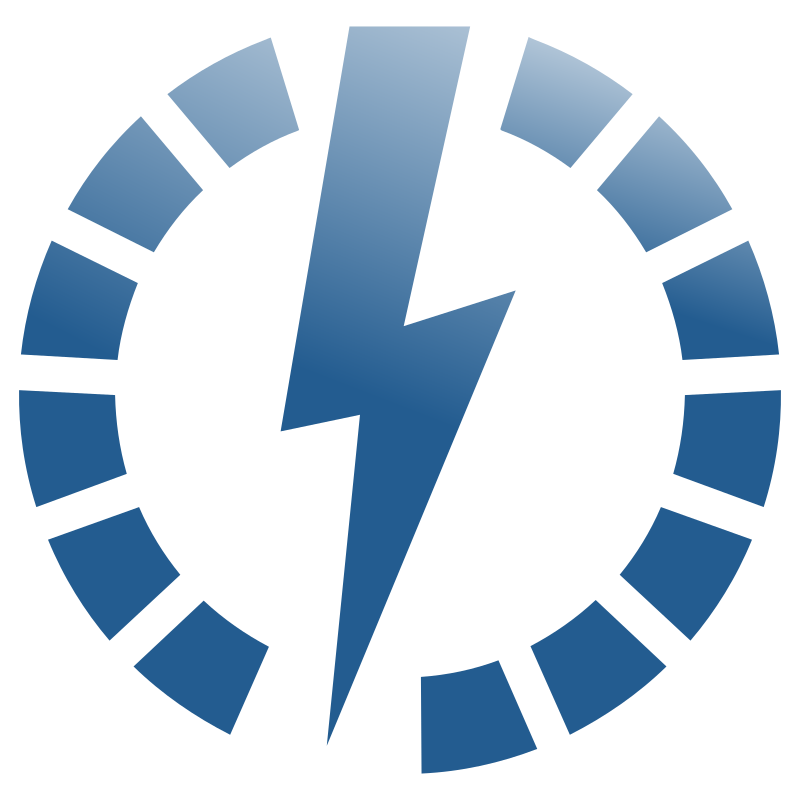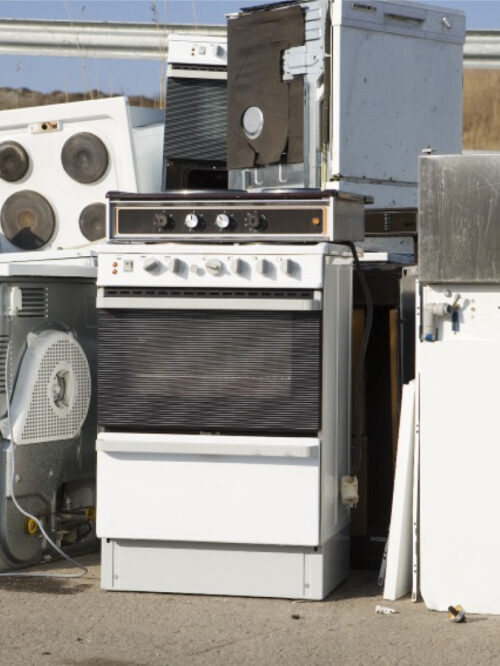CHAPTER 4: HOW TO GET OFF GAS
Cooling
When it comes to staying cool there are a few options for how to get the most out of your reverse cycle air-conditioner. You can also think about installing ceiling fans as a more energy efficient option. It’s no surprise that the harder your air conditioner must work to cool down your room, the more electricity it’s going to use and the more it will cost you.
A standard air conditioner’s temperature should be set to 25 to 27 degrees for cooling in summer, and around 18 to 20 degrees for heating in winter. This is to ensure maximum energy efficiency from your unit.
The difference between the temperature outside and the temperature you set your air conditioner at, will have a significant effect on your power bills. Estimates are that every one-degree cooler in summer adds around 10% to the amount of electricity that the air conditioner uses.
How to reduce your air conditioner electricity costs
1. Get the correct-sized unit for your home
Before you buy your air conditioner, make sure you’re choosing the most efficient option for your home and choose the right size for your family size, room size, and how you use your spaces.
An air conditioner should generally have at least 80 watts of output per square meter of room you intend for it to cool or heat. If a room is larger than the air con was designed to cater for, then it will be less effective at controlling the temperature – while your remote control might say the air con is set to cool to 24°, the room temperature might actually be 28°. Conversely, if your room is too small for the air conditioner, the air con will over shoot the temperature that you intended to set it to. Below is approximate guide to ideal air con capacities given the room size.
If you buy a big unit you could be using more electricity than you need because the unit may run frequent short cycles to achieve the target temperature. Too small and it will have to work too hard to cool your space.
Also remember that most air-conditioners are inverter units. This means the air conditioner adjusts its output to the target temperature of the room. So, if you have a bigger, more powerful air conditioner operating in a well-insulated house, it will be running at quite efficient levels and could be more efficient than a smaller unit that may typically cost less.
Also, if you have yet to consider upping your insulation, a smaller unit is going to be working harder and ending up costing more to run than the bigger unit in the more efficient house.

2. Make sure the unit is correctly positioned
Make sure a professional has assessed your home and made the best possible recommendation as to where the unit should be located inside and outside. It won’t make a huge difference to your running costs but could affect how efficient the appliance works and its longevity.
With most units mounted high on a wall, you want to ensure it can blow lengthways across a room without any obstruction – giving it a chance to reach across all corners of the room and lower the temperature.
3. You can also maximise the efficiency of your air-conditioner by remembering these tips:
- Make sure your unit is regularly maintained and the filter kept clean so it can work as efficiently as possible.
- Invest in a smart air con with app capability so you can switch it off remotely if you forget to turn it off when you leave the house.
- Use the eco setting, if your air conditioner has one.
- On mild but very humid days, try your air conditioner’s ‘dry’ mode if it has one. This is a light cooling mode that focuses more on reducing the indoor humidity.
- On a very hot day, turn the air con on early rather than waiting until your home becomes very hot (when it will have to work harder).
- If you have ducted air conditioning or more than one unit, use zoned cooling so you’re operating a machine only in areas people are actively using. Or keep doors closed so the air is circulating only in areas being used, rather than the whole house, which is probably partially empty.
- The evenings are usually cooler – set your air con to turn off later in the evening while you sleep.
- Keep your house cool and shaded so your air con doesn’t have to work unnecessarily hard.
- Use a pedestal fan or ceiling fan to help circulate the warm or cool air produced by your air conditioner. A ceiling fan works well to move cool air through the house, and a pedestal fan placed on the ground is better for circulating warm air.
- While using an air conditioner on lower settings can save you money, not using the air conditioner at all will save you more. Ceiling fans and pedestal fans have considerably lower running costs than air conditioners. Also consider if solar air conditioning could be right for you.
- Some heat pump hydronic systems can also provide cooling in summer, just like reverse- cycle air conditioners. Not all heat pump systems do this, so if cooling is required then you will need to specify this to your system designer when getting quotes. This may make for a more expensive system as the heat pump boiler will need to be the reverse-cycle type, but many systems can perform cooling without additional costs, except fans to circulate cooled air in each room. Cooling with hydronics works best with in-floor systems. It can be done with radiator-based systems, but it is unlikely to be as effective as using reverse-cycle AC units.











